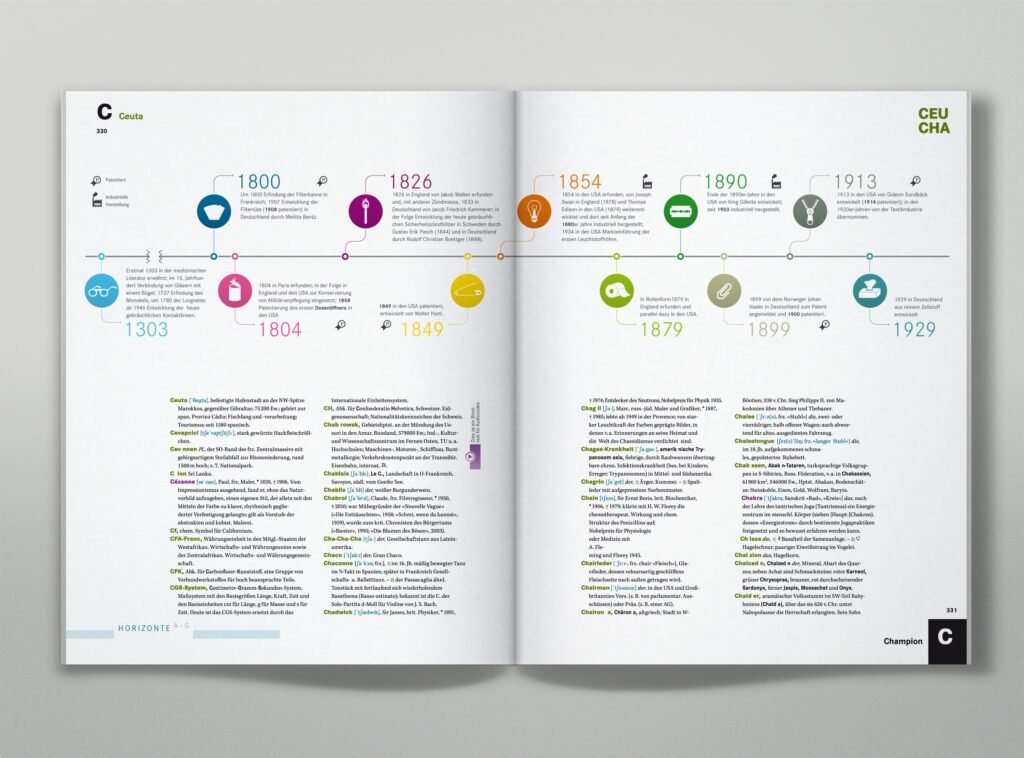Infographic presentations are not just about presenting data and information in a visually appealing way. They can also be used to influence and persuade your audience. Here are some ways to use psychology in your infographic presentations to influence your audience:
- Use emotional appeal: People are more likely to remember and engage with information that evokes emotions. Use visuals and storytelling to appeal to the emotions of your audience. This can be done by using relatable stories, humor, or emotional images that elicit a response from the audience.
- Use contrast: Contrast draws attention and helps to highlight important information. Use contrasting colors, fonts, and images to make key points stand out. This can help to direct the attention of your audience to the most important parts of your infographic.
- Use social proof: People are more likely to believe and accept information that is supported by others. Use social proof by including testimonials, case studies, or statistics that show the success of your product or service.
- Use scarcity: Scarcity is a powerful motivator. By creating a sense of scarcity or urgency, you can influence your audience to take action. This can be done by using limited-time offers, exclusive access, or a limited number of products or services available.
- Use authority: People are more likely to trust information that comes from a credible source. Use authority by including data from reputable sources or by showcasing the expertise of your company or industry leaders.
- Use simplicity: People are more likely to engage with and remember information that is easy to understand. Use simplicity by breaking down complex information into simple and easy-to-understand visual representations.
By using these psychological techniques in your infographic presentations, you can influence your audience to take action, make a purchase, or engage with your brand in a meaningful way. However, it’s important to use these techniques ethically and responsibly to ensure that your audience is not manipulated or misled.


